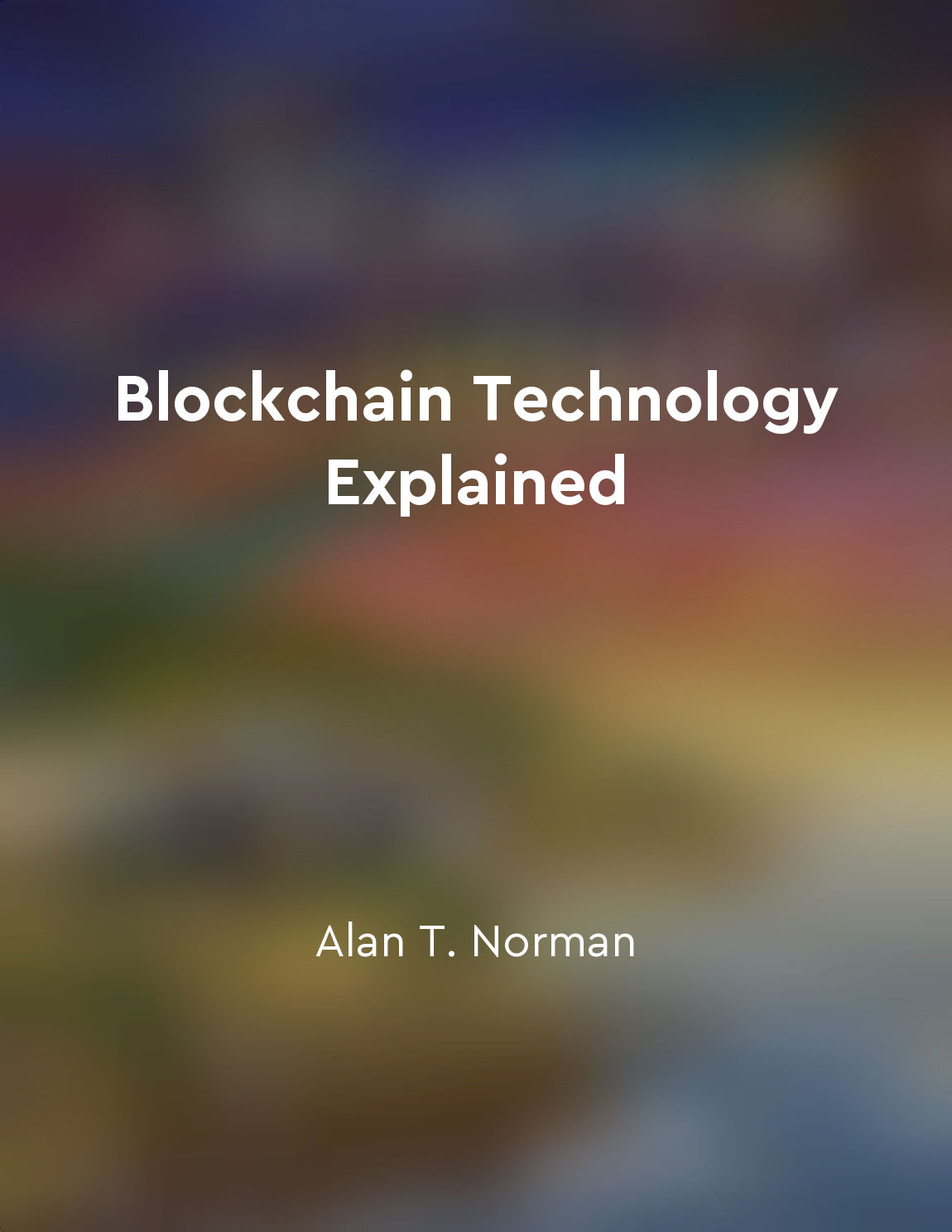How blockchain works from "summary" of The Basics of Bitcoins and Blockchains by Antony Lewis
Blockchain is a distributed ledger technology that enables multiple parties to record transactions securely without the need for a central authority. It is a chain of blocks containing transaction data, which is stored on a network of computers known as nodes. Each block contains a list of transactions, a timestamp, and a reference to the previous block, forming a chronological chain. When a new transaction is initiated, it is broadcast to the network of nodes for validation. The nodes compete to solve a complex mathematical puzzle, with the first node to solve the puzzle adding the new block to the blockchain. This process is known as mining, and the nodes are rewarded with newly minted cryptocurrency for their efforts. Once a block is added to the blockchain, it is considered confirmed and cannot be altered without consensus from the majority of nodes. This immutability ensures the integrity of the blockchain, making it tamper-proof and resistant to fraud. The decentralized nature of blockchain eliminates the need for a trusted intermediary, reducing the risk of censorship, fraud, and manipulation. Transactions are transparent and can be viewed by anyone with access to the blockchain, promoting accountability and trust in the system. Blockchain technology has the potential to revolutionize industries beyond finance, including supply chain management, healthcare, and voting systems. Its decentralized nature, security, and transparency make it a powerful tool for creating a more efficient and trustworthy digital economy.Similar Posts
Interoperability is key for blockchain adoption
Interoperability, the ability of different systems and organizations to work together seamlessly, is crucial for the widespread...

Blockchain networks rely on miners or validators to verify and add new transactions to the chain
Blockchain networks are decentralized systems that require a group of individuals or entities to verify and add new transaction...
